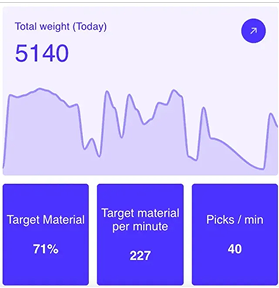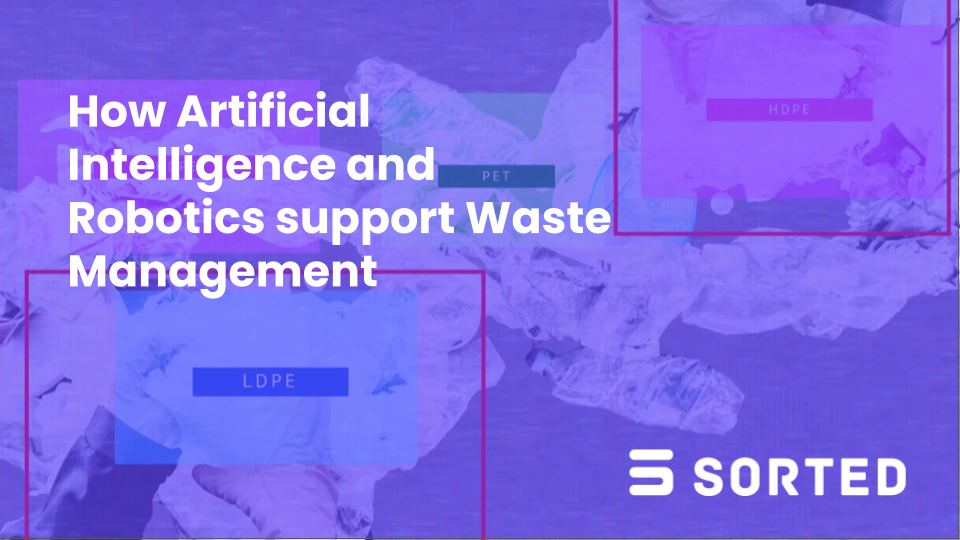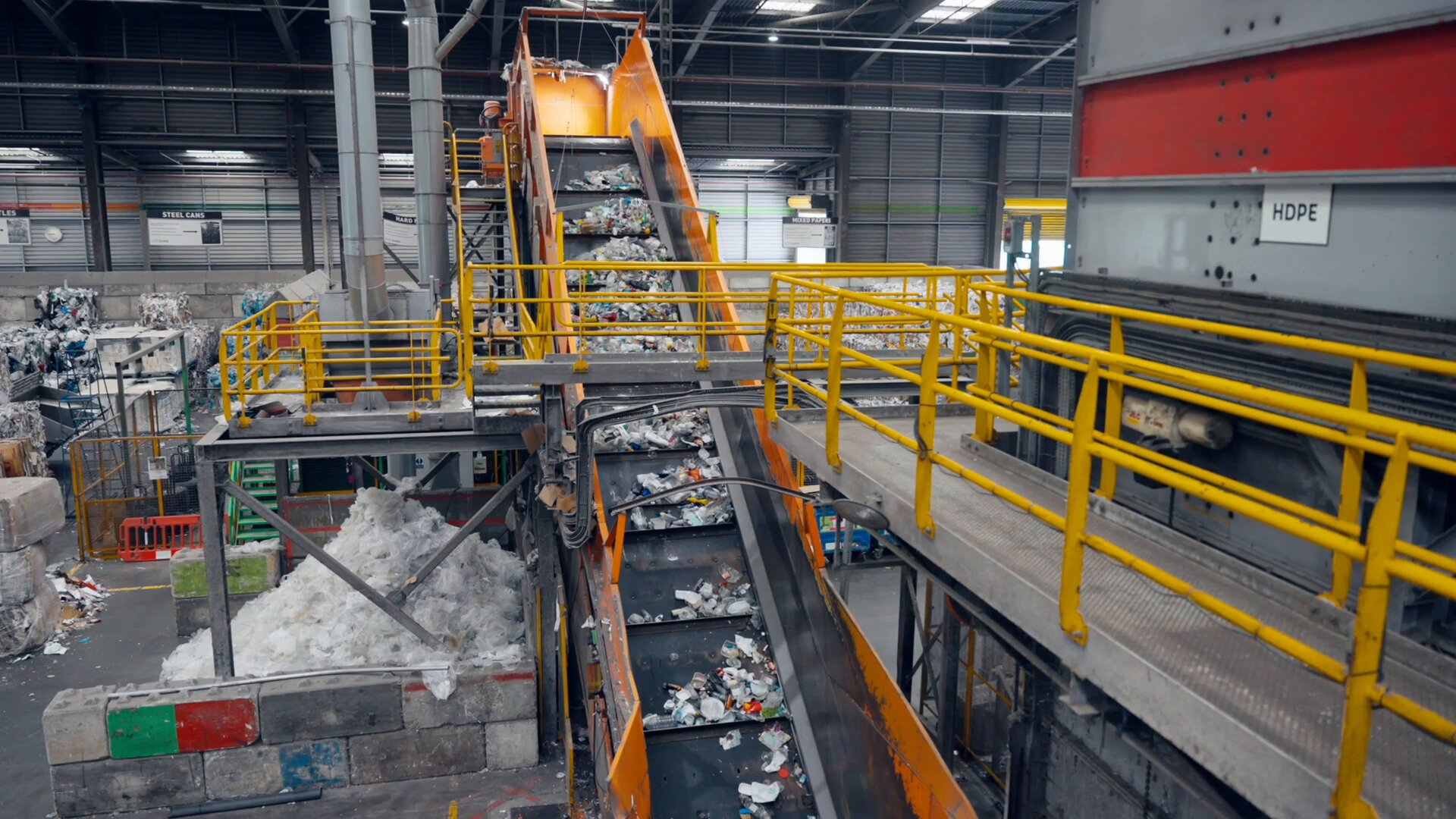Insights
Key benefits of Computer Vision for Waste Management
%201.png)
This is the second article in our "How Artificial Intelligence and Robotics Support Waste Management" series. Read the first one here.
Integrating Computer Vision in Waste Management operations thus presents major benefits for MRFs. By increasing material identification accuracy, constantly learning to enable fast adaptation to changing regulations and/or material streams, and powering sorting robots, Computer Vision is fast becoming the best solution to future-proof MRFs.
Improved sorting accuracy
Computer Vision models, such as the one supporting Sorted technology, have a great accuracy, usually up to 95%, making Computer Vision highly reliable at identifying materials accurately. In fact, these models can be more reliable and accurate than a human.
While humans can only look at and process a limited amount of information, Computer Vision models scan entire waste flows continuously and process large sets of data at all time, making them extremely accurate, efficient and reliable.
This high level of precision, when used to inform robotic or human actions, can drive significant increase in sorting accuracy. By significantly reducing error rates, they lead to higher-quality recyclables and lower contamination rates.
As models are constantly trained on the materials passing through your MRF, the accuracy level can be further improved as object detection and classification become more precise.
Enhanced efficiency
Through its highly accurate and near real-time decision making ability, Computer Vision can significantly boost throughput and reduce labour costs, whether it is through automating tasks with robots or by displaying simple information for humans. It enables round-the-clock operations without fatigue and pick rate variations, improving productivity and overcoming labour limitations.
A case in point is how Suez, one of Sorted's customers, improved their pick rates by 50% thanks to Sorted’s Computer Vision model and lasers, enabling pickers to focus on valuable materials.
Data-driven insights
By constantly scanning conveyor belts, Computer Vision technology tracks materials in MRFs’ waste streams with precision. It accurately labels, collects, and analyses valuable data, offering critical insights. These insights enable Waste Management companies to monitor performance, understand material composition, and identify missed sorting or revenue opportunities. As a result, they can optimise processes, reduce waste, and ultimately improve recycling rates.

For example, Suez identified the opportunity and the benefits of placing additional pickers on the lines thanks to Sorted Lights’ Computer Vision solution. This resulted in around 170 additional tonnes of material recovered a year per picker per shift.
Greater agility in responding to market conditions
Computer Vision-based sorting technology easily adapts to changing market conditions. As the model constantly learns from materials moving along conveyor belts, it can quickly recognise new packaging or material types as they enter the waste stream. This flexibility allows operators to focus on sorting specific materials with minimal adjustments, without the need for lengthy calibrations, new machinery, or process overhauls.
Sorted’s customer NWH leverages Computer Vision to quickly identify shifts in operations or material composition, resulting in timely adjustments to maximise recovery, optimise performance, and boost recovered value.
Computer Vision’s practical applications and use cases in the waste industry
Technologies powered by Computer Vision offer a wide range of applications in MRFs and recycling centers. For example, Sorted’s solutions have proven particularly effective at identifying and recovering lightweight materials like Dry Mixed Recyclables (DMR), integrating easily into quality control and recovery lines. But solutions exist for many different use cases and MRFs have leveraged Computer Vision applications to:
- identify and sort various materials, including PET, HDPE, fibers, and aluminum and steel cans.
- separate contaminants from recyclable materials.
- automate quality control by detecting non-conforming items on sorting lines.
- monitor and analyse waste streams to optimise sorting strategies and improve performance over time.
- replace sampling in the UK, following a regulatory update allowing the use of AI to gather and report waste data.
Moreover, Computer Vision models’ flexibility and constant learning means they can be adapted to new use cases as needs evolve without requiring different hardware. For example, you can change the material you want to identify and recover with a simple request or start using the same algorithm for bale composition.
To continue learning about Computer Vision in Waste Management, read the next article in this series, here.
Or download our full Whitepaper "How Artificial Intelligence and Robotics support Waste Management" here.





